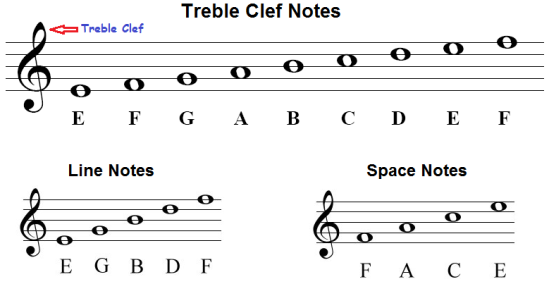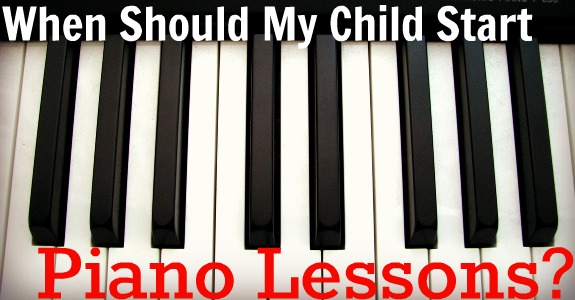How to Read Notes on the Treble Clef
Sunday, September 15, 2019 by Mary O'Connor | theory
This is the high notes' answer to "All About That Bass (Clef)". This video teaches the lines and space notes of the treble clef.
A Musician's Day
Tuesday, September 10, 2019 by Mary O'Connor | humor
Not enough practice, too much self-doubt. LOL
What Age Should A Child Begin Music Lessons?
Sunday, September 8, 2019 by Mary O'Connor | OCMS
These days, there is much pressure for parents to begin their children in activities from an early age. We know that children tend to pick up new skills easily and we want for them to have an opportunity to become experts at these new skills. We also see curiosity, desire and eagerness to learn in our children and want to capitalize on that.
Music lessons are no exception. We often get calls asking the question, “When is the best time to enroll my child in piano lessons?” The answer to that is a tricky one, and varies for each child. The right age for one may not be the right age for another. Here are a few questions to ask yourself if you are considering enrolling your child in music lessons:
1. Does my child have an attention span to sit still for chunks of time and listen to instruction?
Many teachers today are very creative in using off-bench activities during lessons and have a plethora of activities to make lessons fun and engaging. However, the fact remains that your child will need to sit at the piano for some periods of time during the lesson. It is important that your child have the attention span to do this.
Read more at How do we know if children are ready to begin music lessons? « Piano Pedagogy @ The New School for Music Study.





